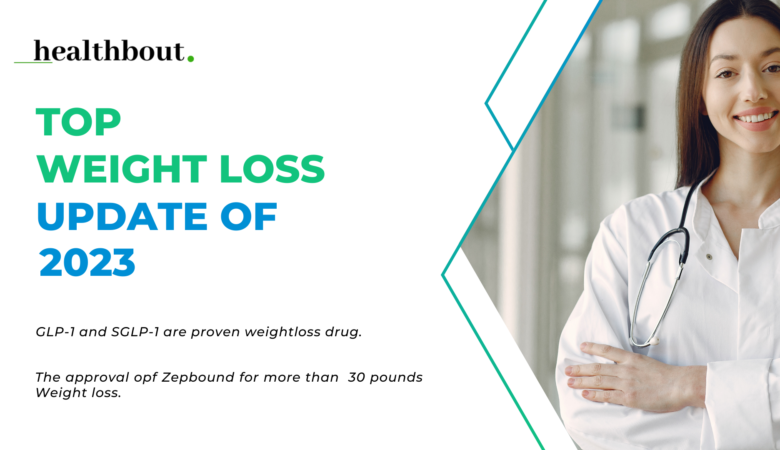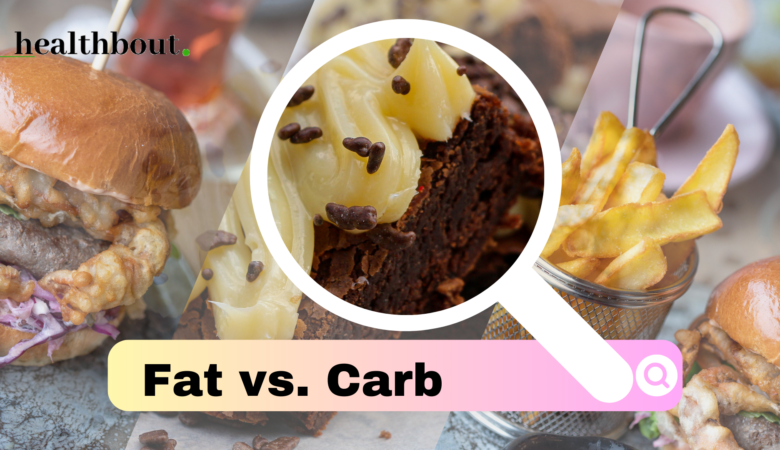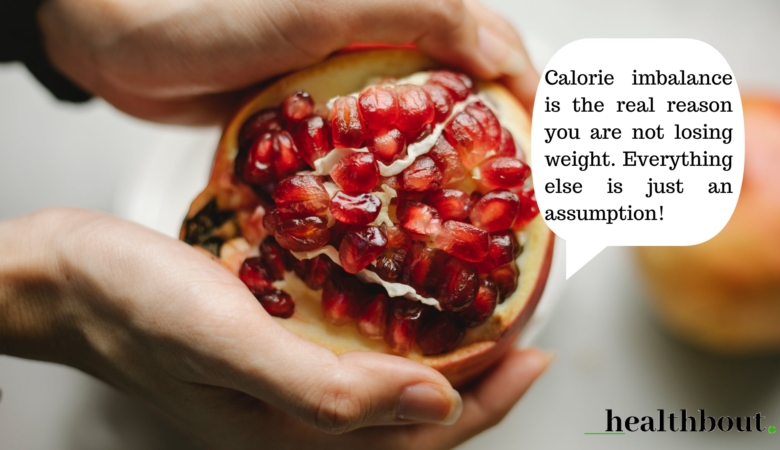Before exploring more about the signs of Vitamin D deficiency, let’s see where we are standing right now. The world is reassessing its presumed goals for 2020. COVID-19 has been draconic and impacted human life as well as quashed some beliefs. The health infrastructure has been exposed due to the global pandemic. More than 200 countries have recorded coronavirus transmission in the people.
Amid this pandemic, the fundamental research suggests about boosting up the immune system of the body. Research suggests that when it hovers around to the nutrients helping in building the body, Vitamin D is the most important one.
Your health depends on a well-balanced diet – daily intake of foods high in vitamin C, Vitamin A, Vitamin K, etc. If you lack essential vitamin, it will result in some negative consequences. It affects the growth and function of your body.
The need for Vitamin D must be managed with a balanced diet. It helps the body to absorb calcium for promoting bone growth. Research suggests that the daily intake of Vitamin D is between 400–800 IU/day or 10 to 20 micrograms. Some other studies suggest a higher daily intake of Vitamin D between 1000–4000 IU or 25–100 micrograms.
Signs And Symptoms Of Vitamin D Deficiency
While exploring high numbers of virus transmission in COVID-19 maps, you better stay healthy at home. Here, the problems due to deficiency or low intake of Vitamin D comes with the following signs and symptoms:
1. Regular sickness
When you are taking fewer sources of Vitamin D in your daily diet, you may be falling sick often.
The immune system of the body protects you from viruses and bacteria. In today’s COVID-19 pandemic the immunity is playing an important role in preventing exposure to the transmitting diseases.
Vitamin D interacts with the body cells that build the immunity of the body. Hence, adults getting no or less vitamin D results in less immunity and makes you more prone to fever, flu, and allergies, eczema, and asthma.
2. Hair loss problem with low intake of vitamin D in your diet
A deficiency in Vitamin D can cause the problem of hair loss. The problem of hair breakage and hair loss is usually attributed to a stressed life. But the major factor- Vitamin D deficiency also intensifies the risk of hair problems.
Alopecia is an autoimmune disease, characterized by the problem of hair loss. Studies show the close connection between Vitamin Deficiency and Alopecia.
3. Experiencing fatigue in the middle of the day
There is a study that suggests that there is an integrated result like experiencing fatigue with Vitamin D deficiency in women. It can’t be ignored casually, as it may result in lifelong problems.
Vitamin D helps in boosting your body’s energy level and keeps you active for long hours. Hence, if you feel exhaustion in the middle of the day, it might be due to the low intake or deficiency of vitamin D.
4. Poor bone health
Poor bone health is directly related to the vitamin D deficiency. Low consumption of vitamin D increases the risk of fractures, other damages, or may cause back pain for adults.
The wrong intake of calcium and Vitamin results in bone injuries. The right amount for Vitamin D in your daily diet maintains your bone health and body healthy. It is recommended to eat foods and fruits high in vitamin D.
5. Severe muscle pain
Not always, but research suggests that muscle pain could be a symptom of vitamin D deficiency. Low Vitamin D causes muscle aches and regular weakness in the muscles in both children and adults.
Yet, the researchers are engaged in exploring direct evidence about the link between vitamin D deficiency and chronic muscle pain in adults. It is not easy to determine what causes muscle pain, but some studies suggest that it could be a sign of vitamin D deficiency.
6. Slow healing of your wound
If your wounds heal slowly, it shows vitamin D deficiency. Your body possesses the self-healing mechanism which helps in restoring your health. It plays an important role in fighting with inflammation, infection and ensures timely healing of the wounds. Low intake of vitamin D can lead to slow healing and makes the healing process bad.
Sources of Vitamin D
- Cheese
- Beef liver
- Egg yolks
- Fatty fish, like mackerel, tuna, and salmon
- Foods high in vitamin D, like some dairy products, soy milk, orange juice, oatmeal, and cereals
| Food | Serving Size | Amount of Vitamin D |
| Cod liver oil | 1 tsp | 427 IU |
| Orange juice, fortified with vitamin D | ½ cup | 50 IU |
| Fortified soy beverage | 1 cup | 88 IU |
| Fortified rice, oat, almond beverage | 1 cup | 88 IU |
| Tuna, white, canned with water | 75 g | 60 IU |
| Sardines, Pacific, canned | 75 g | 144 IU |
| Egg yolk, cooked | 2 large | 70 IU |
| Salmon, Sockeye, canned | 75 g | 557 IU |
| Salmon, Atlantic, cooked | 75 g | 246 IU |
| Trout, cooked | 75 g | 150 IU |
Takeaway
Above are the signs and symptoms of vitamin D deficiency including muscle pain, hair loss, weak bones, or increased risk of fractures, which are warning signs by your body.
Explore more foods, fruits, and sources rich in vitamin D and add it in your daily diet during COVID. A step toward good health makes you wealthier, so fix it and restore your body to prevent you from diseases.







